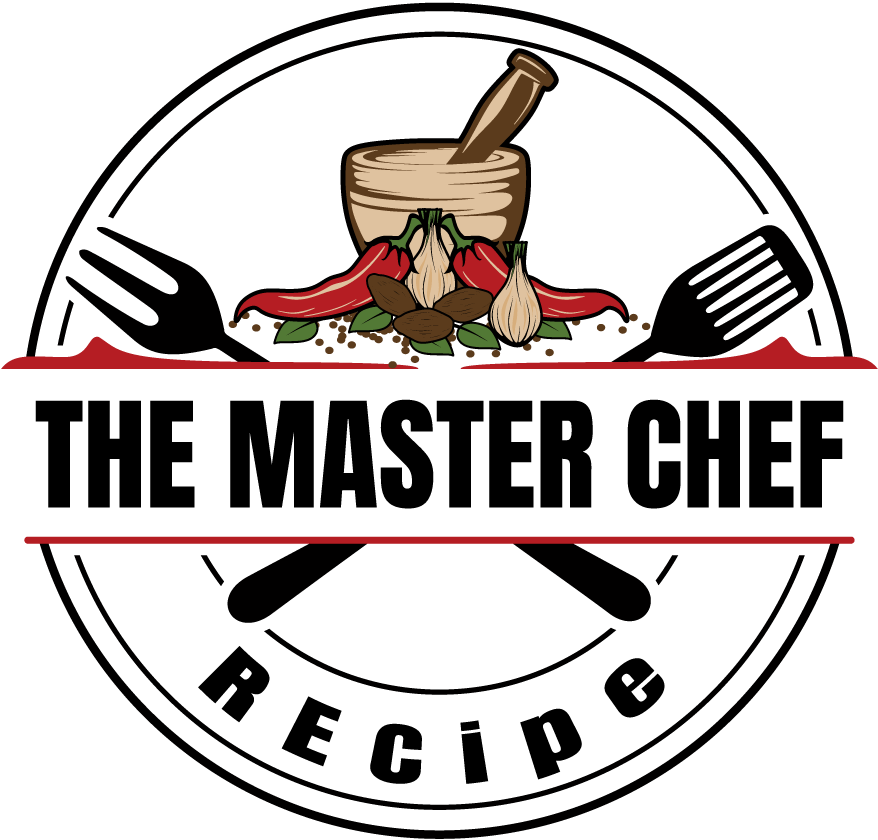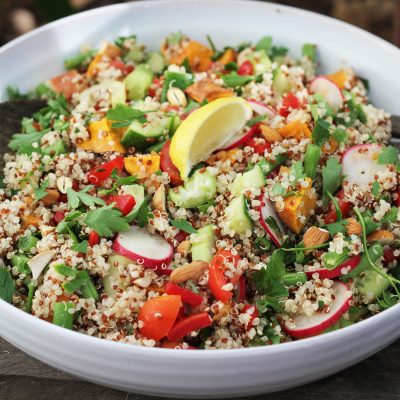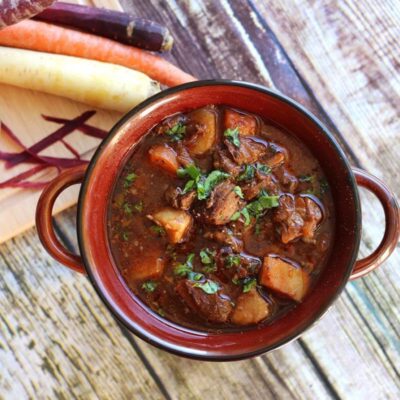Ingredients
- 6 medium Potatoespeeled and cubed
- 6 stalks Celerychopped
- 1 medium Onionchopped
- 2 cubes Chicken bouillon
- 2 cans of Whole kernel corn
- 1/4 cup of Fresh Chiveschopped
- Salt and Pepperto taste
Directions
Soup is an exemplary method to set up a generous feast everywhere in the world. Relatively few of us consider where soup began or why it is staple nourishment for everybody, except soup has a long and exciting history. Here is a short review of the birthplaces of this straightforward yet staggeringly famous dish.
DID SOMEONE SAY ‘SOUP’?
Archeologists accept that people have been making soup for, in any event, 20,000 years. People began making soup with the appearance of waterproof compartments like earth pots. Our old progenitors would take these dirt pots, fill them with meat, vegetables, nuts and seeds, and spices; at that point, heat the substance over hot rocks. Many accept the absolute first soups were slopped, a combination of bubbled grains and water, like the present oats or cornmeal. Soups extended our predecessors’ eating routine and permitted them to eat a more extensive assortment of food.
Numerous history specialists accept that the sources of current eateries started with places that served soup. In the sixteenth century in Paris, public cafés began opening and served various soup assortments, including stocks, stews, and bouillon. These soup eateries were named “restoratifs,” which means a spot to reestablish. The word ‘restoratif’ is the place where we got the cutting edge word eatery.
SOUPS DO MIRACLES!
For quite a long time, grandmothers have suggested chicken soup for influenza or a simple pumpkin soup for the runs. Why? That is because soups are frequently stuffed with thick supplement vegetables and meats that are moderately cooked, so these fixings hold their nutritious worth, conveying a feast in a bowl that is anything but difficult to process, engaging in surface but packs extraordinary flavors.
How about we investigate a portion of the advantages of soup and why we figure it should be a staple at your supper table.
Try not to discourage a good old bowl of soup. It makes for a good feast without help from anyone else to furnish high satiety with fewer calories than most other ordinary suppers. Specialists from Oxford Brookes University, UK, discovered that smooth soup prompts more prominent totality contrasted and the substantial dinner given a mix of deferred gastric purging.
This can prompt sensations of gastric distension and quick availability of supplements, causing a more prominent glycemic reaction. To put it plainly, the soup will keep you feel for more, keep your belly cheerful and keep your glucose levels stable.
Except if you go for a soup loaded down with substantial cream, most plans incorporate stringy vegetables, beans, lentils, and meats that all guarantee a considerable absorption. Eating a fiber-rich eating regimen helps in smooth absorption and furthermore expands insulin affectability.
Guess our readers had enough to know about the benefits of soups and get them ready for a delicious and quick corn and potato soup recipe that is proven beneficial for health and the right choice of quick munching option in the winter season.
Steps
1 Done | Grab a large pot and add potatoes, celery, and leaves along with onion in it and turn the heat on. Don't forget to add enough water to dip everything and let the boil come to the ingredients. |
2 Done | Once the boil comes, remove the celery leaves from the water and add in the bouillon cubes until they get dissolved. |
3 Done | Next, add in the corn and salt and pepper to taste and slow down the flame. Let the mixture cook for 20 minutes and keep checking when the potatoes get soft. |
4 Done | When potatoes are ready, mix in the chives and keep cooking for five more minutes. Make sure to serve right after finishing your cooking to enjoy it while hot. |









